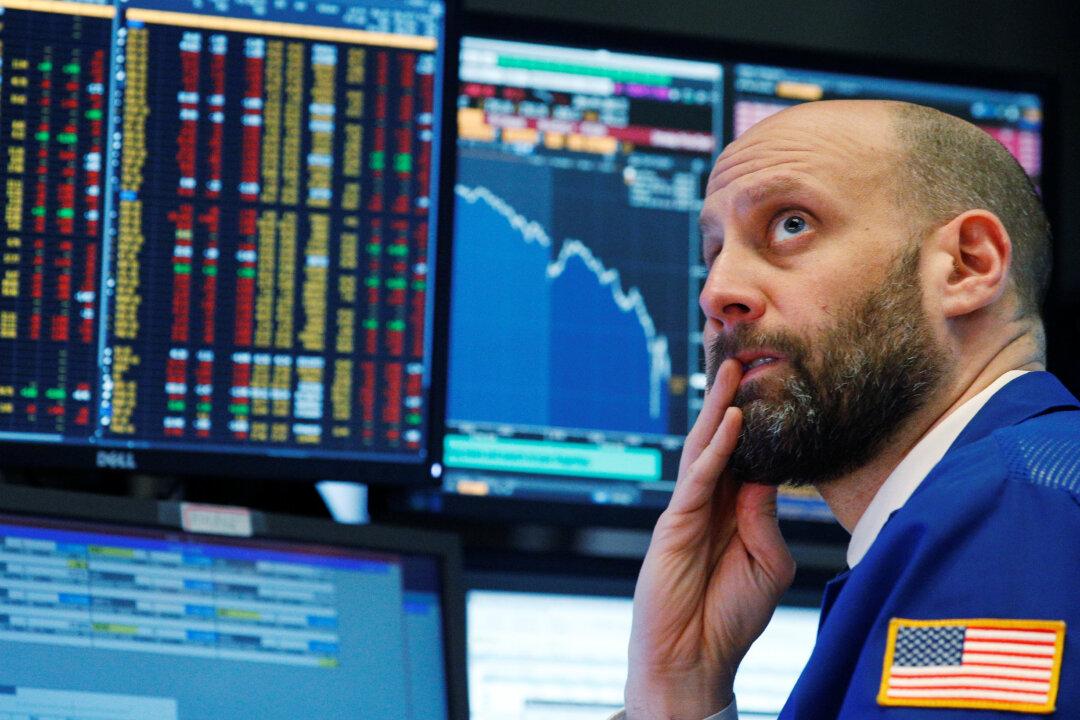A few months ago, I wrote an article for the World Economic Forum called “A Yellow Card for the Global Economy.” I intended it to serve as a warning about the rising imbalances of the emerging and leading economies. Unfortunately, since then, those imbalances have continued to rise and market complacency has reached new highs.
Last week, financial markets were dyed red, and the stock market reaction added to concerns about a possible impending recession.





